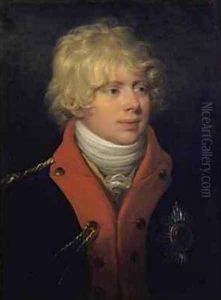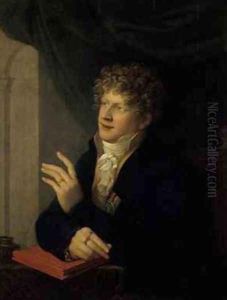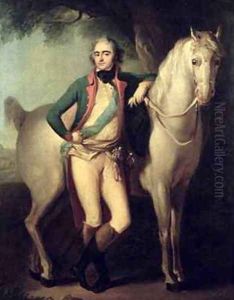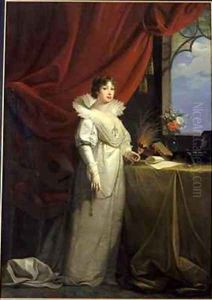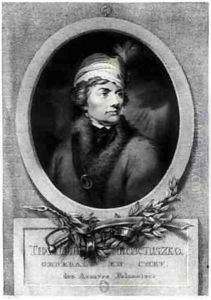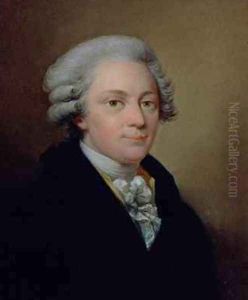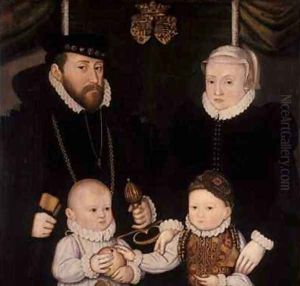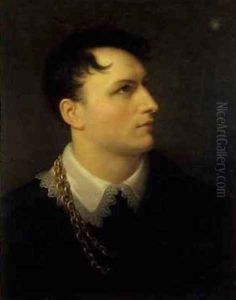Giuseppe or Josef Grassi Paintings
Giuseppe, also known as Josef Grassi, was an Italian-Austrian painter born on December 22, 1757, in Vienna, Austria. He came from a family of artists and was the brother of sculptor Antonio Grassi. Grassi initially received his artistic training from his father, who was a modest painter. He later attended the Vienna Academy of Fine Arts, where he developed his skills and was influenced by the neoclassical style that was prevalent during that period.
Grassi's work gained recognition for its elegance and clarity, typical of neoclassicism. In 1781, he traveled to Rome, which was a common practice for artists seeking to refine their craft through the study of classical art and the works of the Renaissance masters. Grassi's time in Rome further solidified his neoclassical style, and he became particularly known for his portraits, which were celebrated for their detail and psychological depth.
In 1787, Grassi moved to Dresden, Germany, where he took a position at the Dresden Academy of Fine Arts. It was during this time that he painted one of his most famous works, the portrait of Countess Maria Antonietta of Brunswick-Wolfenbüttel. Grassi's reputation as a portrait painter grew, and in 1793, he was called to Berlin by King Frederick William II of Prussia to become a court painter, a role he held with distinction for many years.
While Grassi's portraits were in high demand, he also executed historical and mythological paintings, showing versatility in his subjects. Despite his success in these genres, portraiture remained his most significant contribution to the art world, influencing the next generation of portraitists.
Later in life, Grassi returned to Italy, where he continued to paint until his death. His works are characterized by a refined use of light and shadow, precise draftsmanship, and an ability to capture the character and mood of his sitters. Grassi passed away on January 7, 1838, in Dresden. Today, his paintings can be found in various art collections and museums across Europe, testifying to his enduring legacy in the art history of the late 18th and early 19th centuries.
